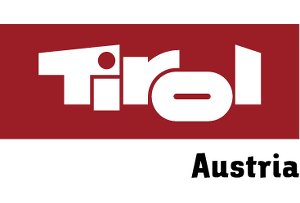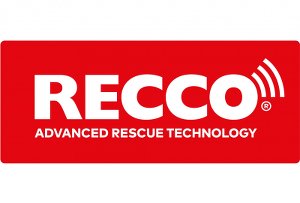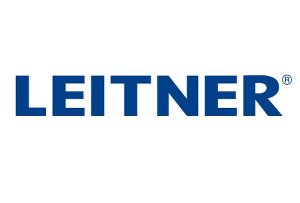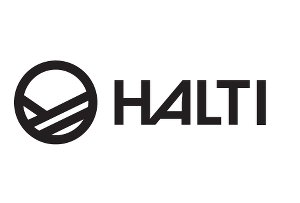A Cable Car Through The City Of Heilbronn: Green Light For Concrete Preliminary Planning
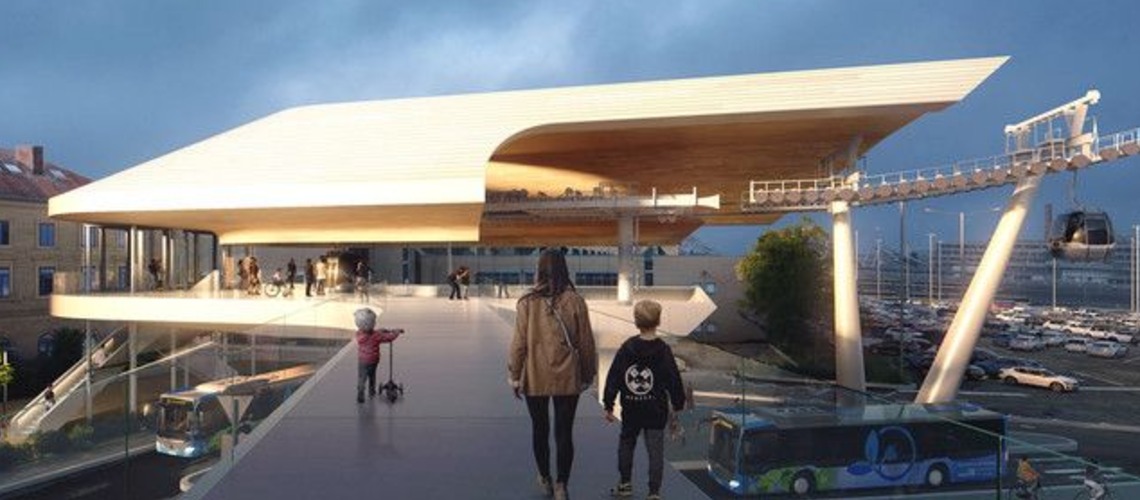
Heilbronn could become the first municipality in Baden-Württemberg to implement a cable car as part of its public transport system. Following a positive feasibility study, the municipal council voted on April 3, 2025, to proceed with the plans. Mayor Harry Mergel sees the project as "a great opportunity to further develop Heilbronn as a city of the future" and emphasizes that with this space-saving and climate-friendly concept, the city could assume an innovative pioneering role in the field of mobility nationwide.
The city planners' preferred option is for the cable car to travel north from the city center on a route approximately 4.7 kilometers long with five stations. The starting point is an area in front of the Experimenta parking garage, directly adjacent to the main train station. Other stations include the Education Campus West, the Zukunftspark Wohlgelegen, a Park & Ride parking lot at the Friesland/Campina site, and the newly constructed Artificial Intelligence Innovation Park (IPAI) in the Steinäcker area. It is planned to reach the IPAI in 14 minutes, and return to the city center in the same time. The maximum passenger capacity is 1,500 people per direction per hour. An extension of the route, for example, to the Böllinger Höfe industrial park, is considered a sensible option.
Fast and comfortable addition to existing local transport
For the people of Heilbronn, the cable car is intended to be "a fast, reliable, and comfortable addition to the existing local transport system," explains Mayor Mergel. It could connect important parts of the city and provide interchanges with buses, trams, and other public transport options at several stations. Furthermore, it is planned that common local transport tickets such as the Deutschlandticket, as well as single and day tickets, will also be valid on the cable car.
The preferred route is technically feasible according to the assessment by the Stuttgart-based construction and infrastructure consulting firm Drees & Sommer, which was commissioned to carry out the project. The cable car gondolas, which will accommodate up to ten people, will not run over residential areas, but rather over public and commercial areas. Regarding the economic viability, an initial cost-benefit analysis by the consultants also revealed a value of 1.27, indicating that the project's economic benefits exceed its costs. A value greater than 1 is the basis for funding eligibility for infrastructure projects. The city is in discussions with the federal and state governments regarding the necessary funding.
The green light for the preliminary planning of the cable car is the result of a lengthy selection process by the city's specialist authorities. A total of more than 15 modes of transport were examined, including a monorail, light rail, ferries, passenger drones, a mini-metro, and a special driverless passenger transport system.
In Europe, there are inner-city cable cars in places like London, Ankara, Barcelona, and Toulouse. In Paris, a cable car line similar in length to the planned route in Heilbronn is scheduled to begin test operations this year.


